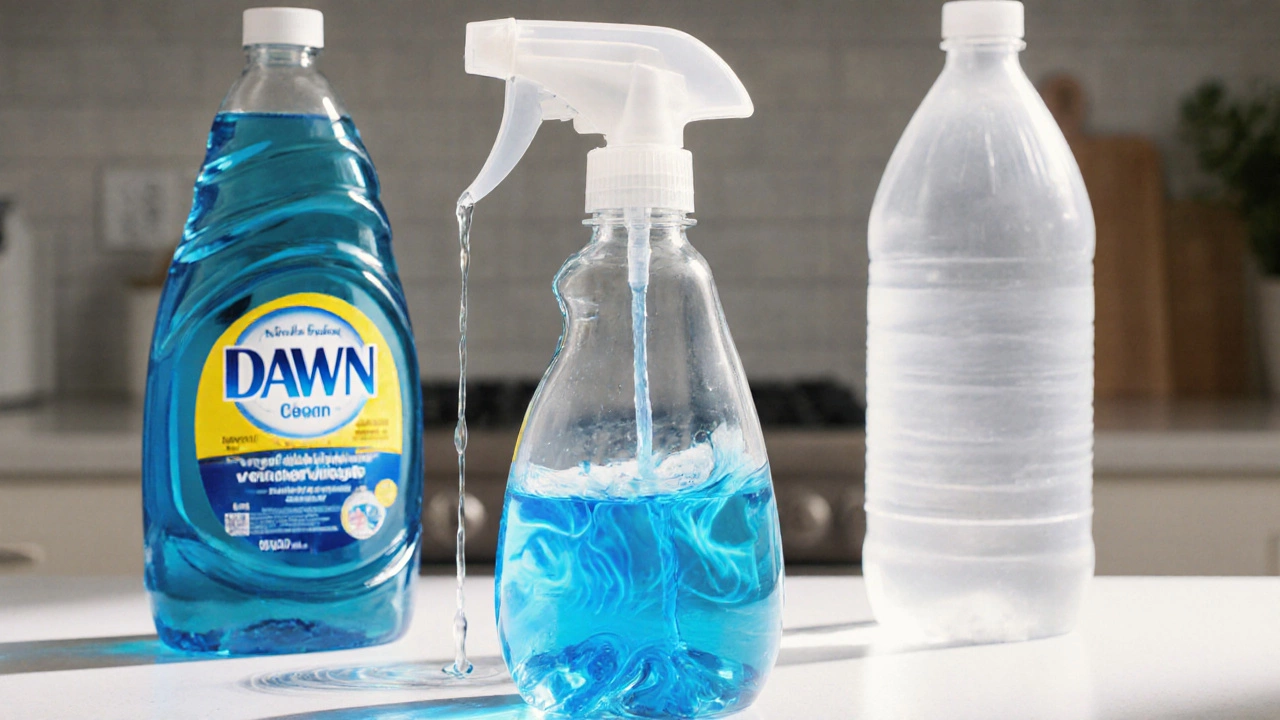Cleaning Solution Soak Time: What It Is and Why It Matters
When working with cleaning solution soak time, the period a cleaning agent remains on a surface before being wiped or rinsed. Also known as dwell time, it directly influences how well grime, stains, or microbes are broken down. Understanding this concept helps you choose the right product and give it enough time to work without wasting effort.
Choosing the Right Cleaning Solution
The first ingredient in any successful soak is the cleaning solution, the liquid or spray that contains active chemicals designed to lift dirt. Whether you pick an alkaline degreaser for kitchen grease or an acidic wash for mineral buildup, the solution’s chemistry sets the stage for the required soak time. Some formulas are ready‑to‑go in seconds; others need minutes to penetrate tough grime. Knowing the solution type lets you plan the exact pause before rinsing.
Another key factor is soak time, the length of time the cleaner is left on the surface. Short soaks may leave residue untouched, while overly long exposure can damage delicate finishes. For example, a 5‑minute soak works well on ceramic tiles, but the same duration on soft fabric could cause discoloration. Matching soak time to the product’s recommended window maximizes efficiency.
Surface type also shapes how long you should let a solution sit. Hard, non‑porous areas like windows, glass surfaces that show streaks if not cleaned properly often need a quick spray‑and‑wipe routine, while porous materials like carpet or upholstery benefit from a deeper soak to break down embedded oils. Each material responds differently, so adjusting dwell time per surface is essential.
Eco‑friendly cleaners bring an extra layer of consideration. Eco‑friendly cleaner, a product formulated with biodegradable, low‑toxicity ingredients may work slower than harsh chemicals because they rely on natural surfactants. This means you might need a longer soak to achieve the same level of grime removal. However, the trade‑off is a safer environment and fewer health risks, which many homeowners find worth the extra minutes.
Stain removal hinges on the interaction between the solution’s active agents and the stain’s composition. For grease‑based stains, a solvent‑rich cleaner needs sufficient time to dissolve oil molecules before wiping. In contrast, protein‑based stains (like milk or blood) often require an enzymatic cleaner that must sit long enough for enzymes to break down proteins. Ignoring these nuances can leave residues that attract more dirt later.
Practical tips make managing soak time easy. First, read the label – manufacturers usually list a recommended dwell period. Second, use a timer; a quick buzz reminds you to act before the solution dries out or damages the surface. Third, test in an inconspicuous spot if you’re unsure; a short trial can reveal whether the time is adequate. Finally, rinse or wipe as instructed to prevent streaks or film buildup, especially on glass or polished metal.
Armed with these basics, you’ll spot the right moment to move from soaking to wiping, whether you’re tackling oven grime, window film, or carpet stains. Below you’ll find a curated list of articles that dive deeper into specific surfaces, eco‑friendly formulas, and step‑by‑step guides to help you apply the perfect soak time for any cleaning challenge.

How Long Should Dawn and Vinegar Sit? A Practical Guide
Learn the optimal soak times for Dawn and vinegar cleaners, safety tips, mixing ratios, and step‑by‑step instructions for a fresh, eco‑friendly home.
Read More